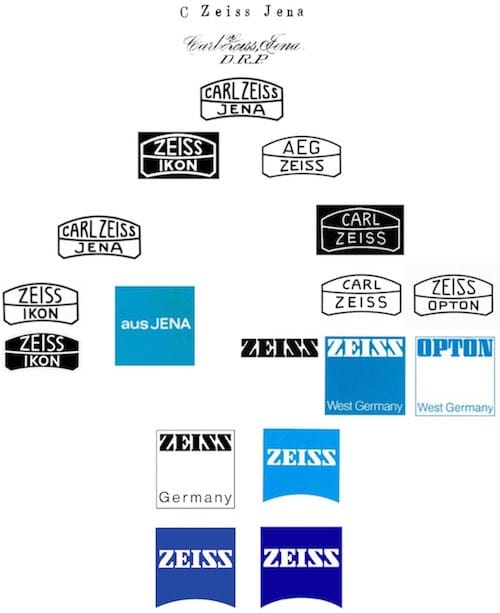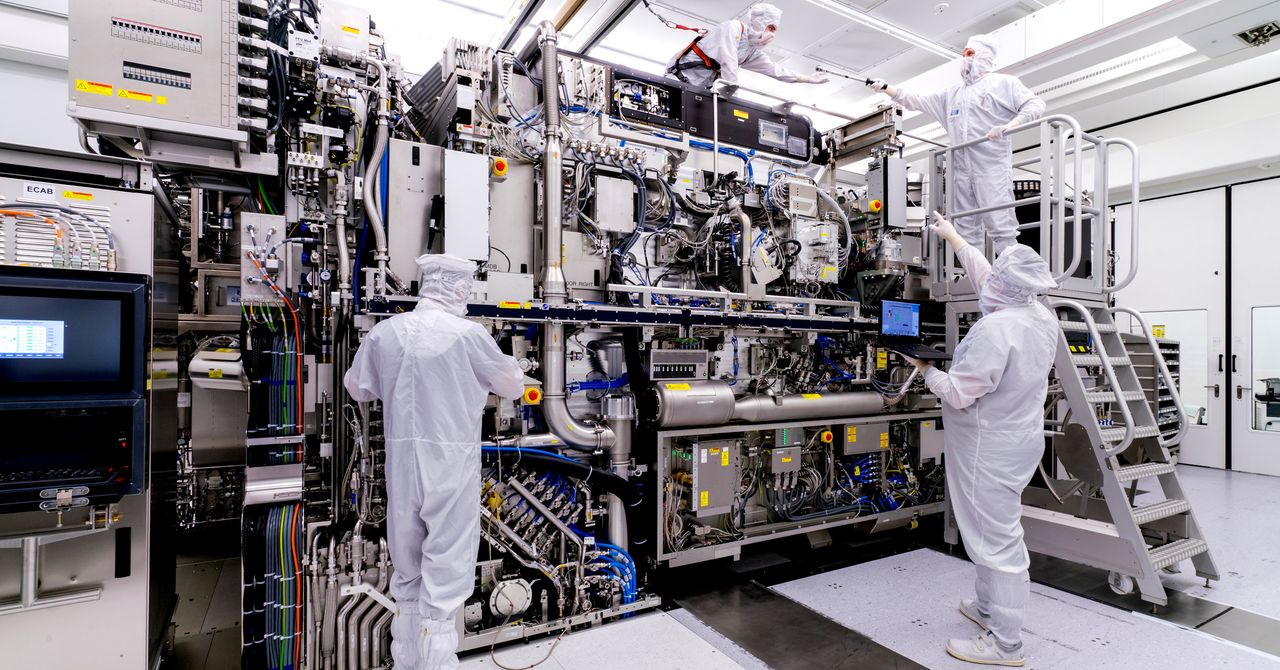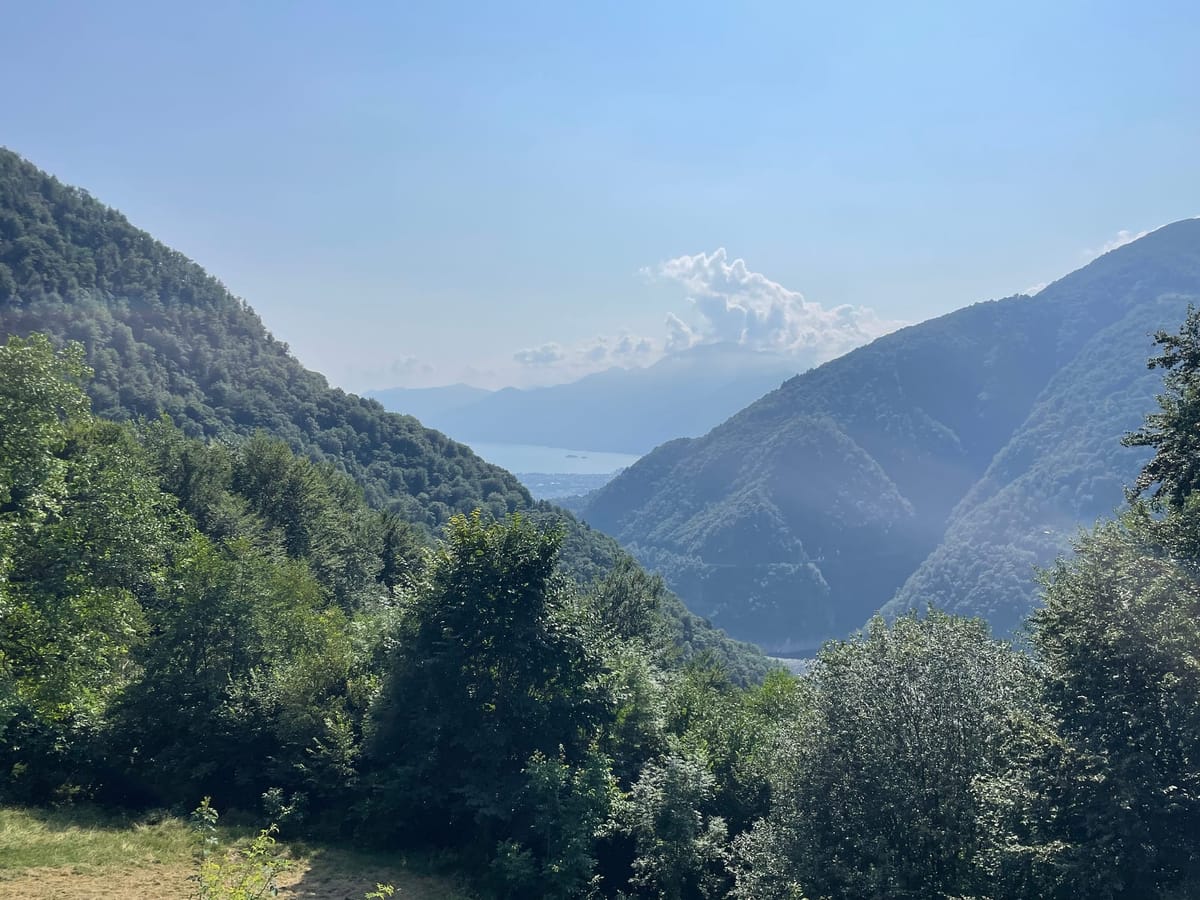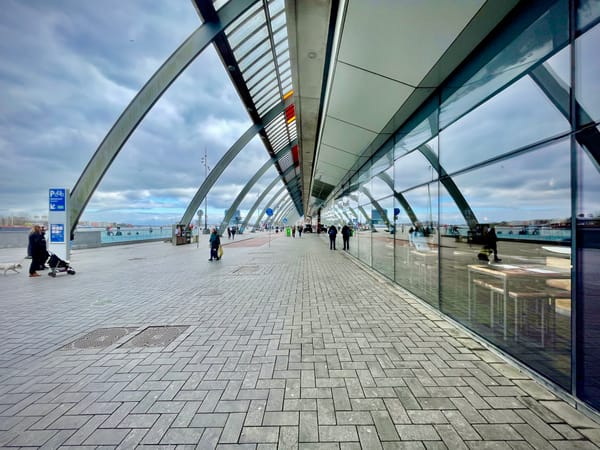How ZEISS and ASML Enable the Modern Chip Industry
From Dutch roots to German optics, ASML and ZEISS built a unique European stronghold in chipmaking—where light carves the future.

ASML's dominance in the global chip industry is a prime example of how European technology and collaboration can shape the world market.
Less visible, but equally fascinating, is the role of Germany's ZEISS in this story. Together, they form the silent force behind the modern digital world.
European Roots: ASM and Philips
ASML was founded in the early 1980s as a joint venture between ASM International and Philips. ASM is a Dutch pioneer in thin film technology for the semiconductor industry, founded by Arthur del Prado. Philips contributed capital, technology, and manufacturing experience.
Both companies recognised that the future lay in lithography—etching patterns onto silicon using light, the core of chip production. This collaboration laid the foundation for what would later become ASML: an independent player that would completely reshape the lithography world.

ZEISS: A Divided Giant from Germany
Parallel to this development, ZEISS experienced its own unique European history. After World War II, the company was split:
- Jena ended up in East Germany (GDR)
- Oberkochen was rebuilt in West Germany (FRG)
Both branches developed separately for decades, with the fall of the Berlin Wall marking the turning point towards reunification. That complex history remains visible—even in the ZEISS logo, where the elliptical curve at the bottom refers to a lens and the company's optical heritage.

The Power of Light: Lithography and EUV
ASML's technology revolves around projecting light patterns onto silicon. The latest generation of machines uses extreme ultraviolet light (EUV) with a wavelength of 13.5 nanometres. This allows chipmakers to print transistors at an atomic scale.
However, EUV only works with optics of unprecedented precision. Carl Zeiss SMT GmbH is the world's sole supplier of the required mirrors and lenses—so precise that even a molecular deviation would be fatal.
Strategic Interdependence
The dependency is mutual and absolute. ASML:
- invested €1.5 billion in Carl Zeiss SMT
- acquired a 24.9% stake in 2016
- has since received billions in dividends
Carl Zeiss SMT's revenue grew from €1.2 billion (2016) to €4.1 billion (2024). ASML openly calls Zeiss SMT the critical link in its supply chain: without Zeiss, Veldhoven grinds to a halt.
Technology, Geopolitics, and Economic Power
Each EUV machine costs over $150 million and is only supplied to allied nations. China is kept out. Seventeen years of research and multi-billion investments led to this dominant position.
This is not an American or Chinese success story but a European technological triumph—born of collaboration, reconstruction, and precision.

Conclusion: European Strength in a Global Industry
From ASM and Philips to ASML, from Jena and Oberkochen to a reunified ZEISS: these two companies together form the backbone of the global semiconductor industry. Their interconnection demonstrates what Europe is capable of when technological forces are united.
The light of Europe—literally captured in lenses and mirrors—sets the global standard for the digital future.









